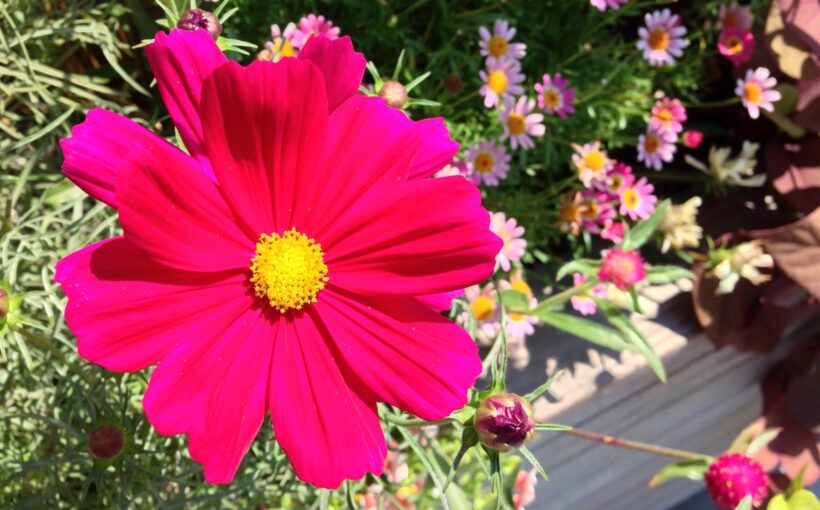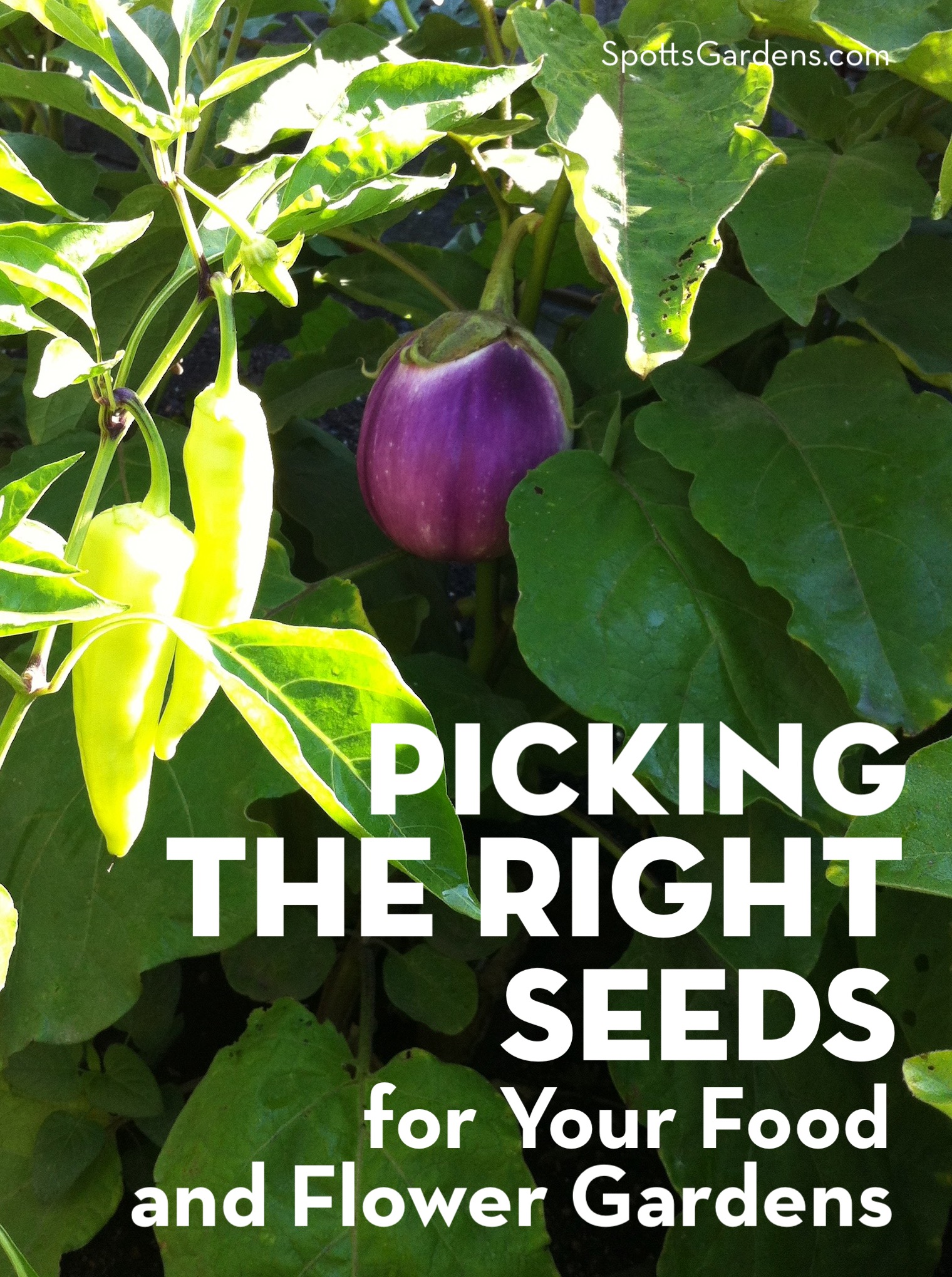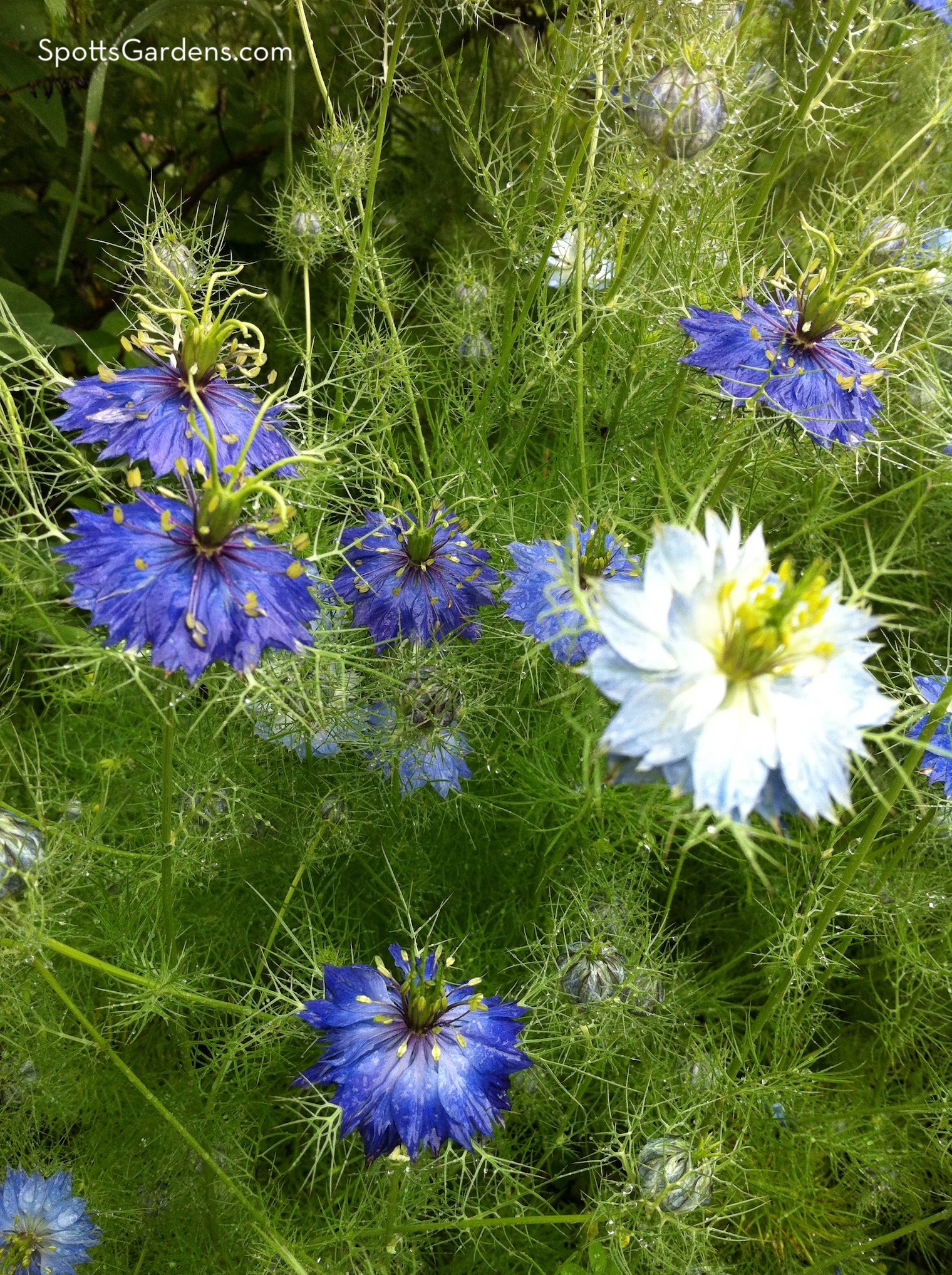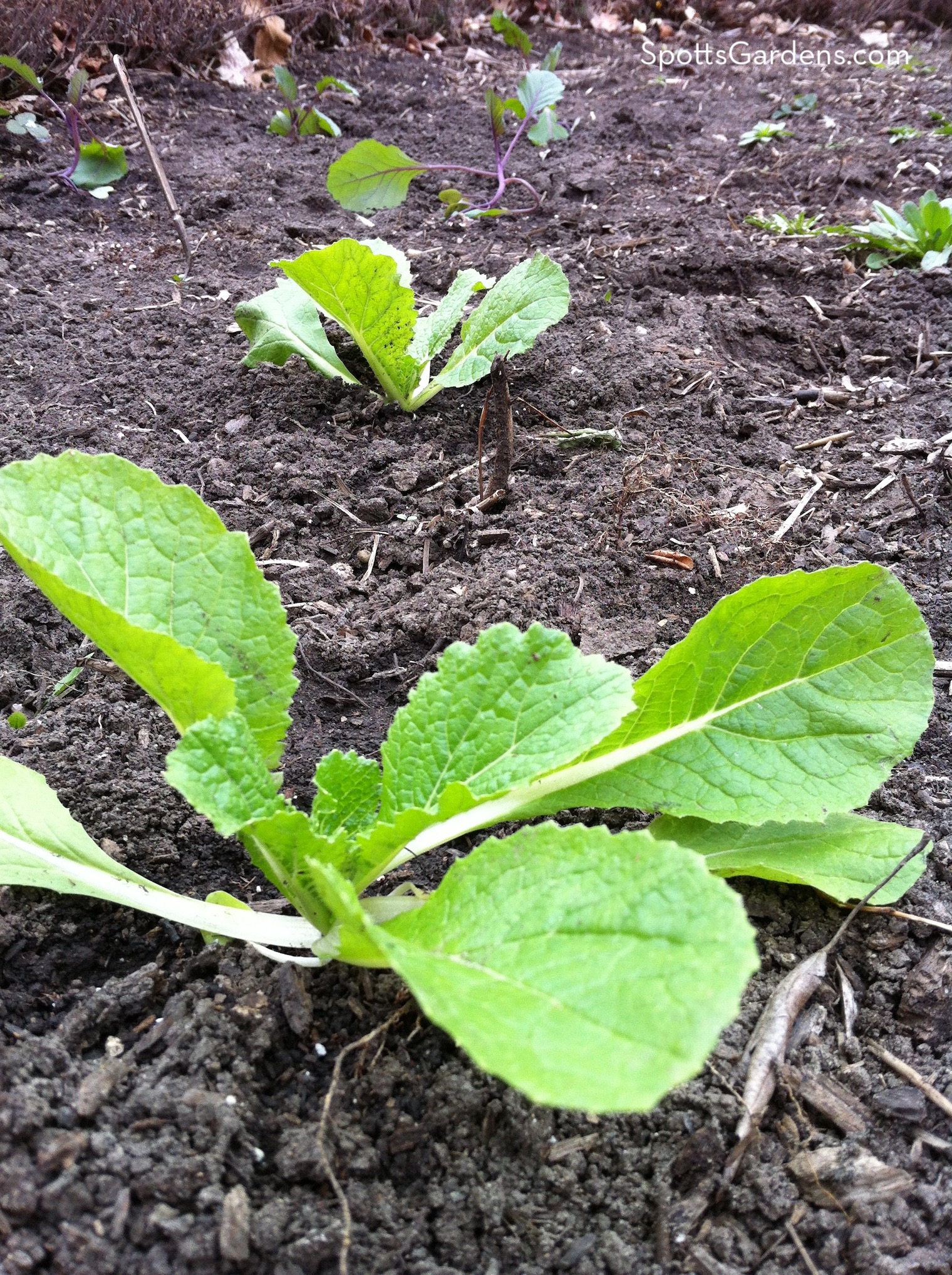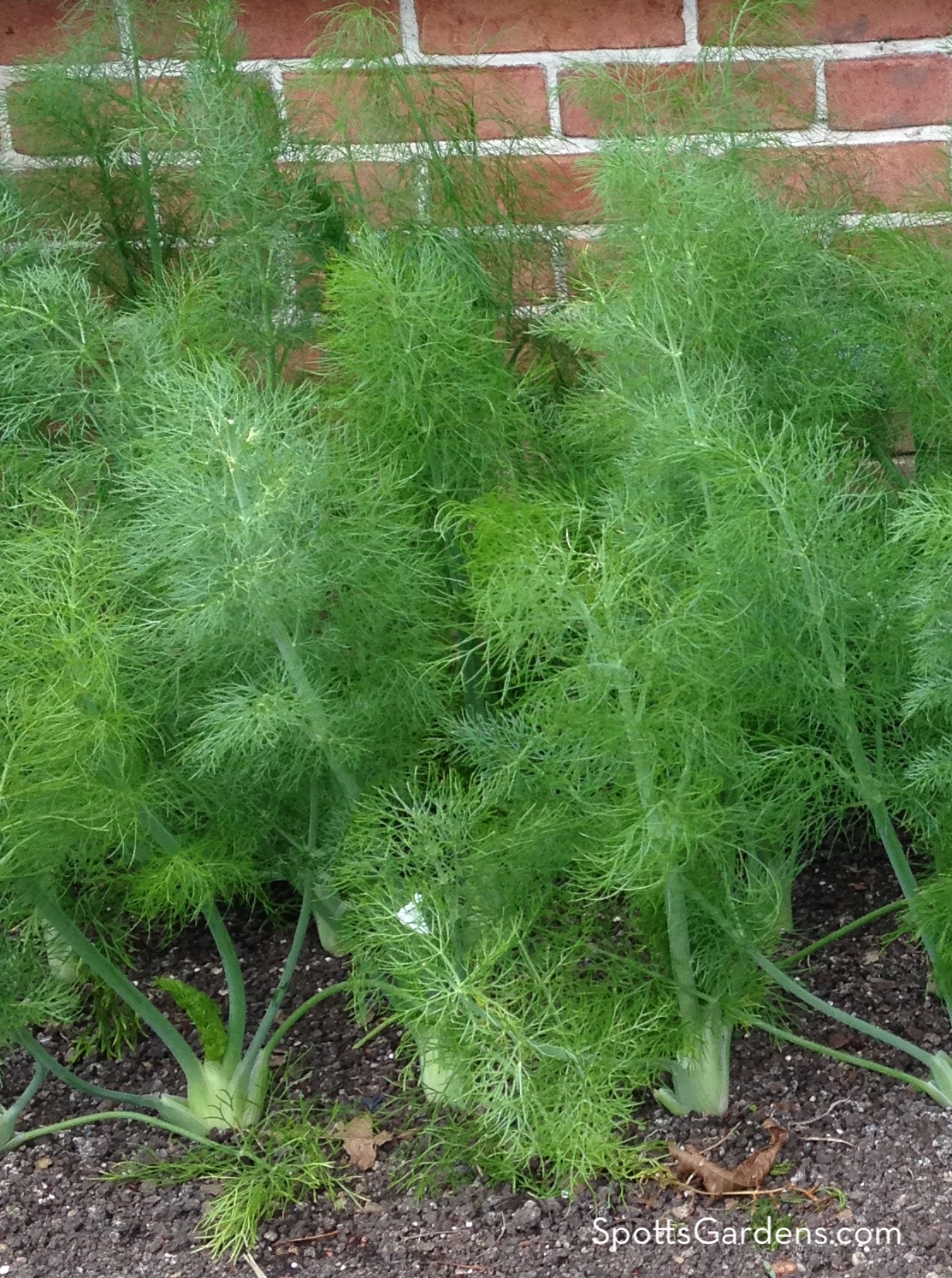Seeds are hands-down the most economical way to fill out the garden border and grow food. But picking which ones are best for your garden can be confusing. Let us lead you through the ins and outs of choosing the perfect ones for your purpose!
Once you choose your seeds, be sure to follow the instructions on the packet to get the most out of them!
Flowers
Direct-sown flowers are the best way to fill out your border for little cash. Direct sowing means you plant seeds directly in the soil in the garden, instead of starting them inside and then planting transplants. We direct sow annuals to add diversity to the border, feed pollinators, and brighten up spots that are a little thin.
Annuals are either hardy (their seeds can survive a winter) or half-hardy (their seeds can’t handle our winter).
Hardy Annuals
Sow hardy annual seeds outdoors as soon as the soil can be worked in early spring. For some of these hardy annuals, you can even sow in fall for blooms the following spring. Many of these hardy annual plants self sow; they drop seed each year that germinates the following year.
Some great self-sowing, hardy annuals for Midwestern gardens include:
- Alyssum maritima (Sweet alyssum; AKA Lobularia maritima)
- Centaurea cyanus (Cornflower; bachelor button)
- Calendula officinalis (Pot marigold)
- Ipomoea purpurea (Morning glory; can reseed to the point of becoming a pest, so tread carefully)
- Matricaria recutita (German chamomile)
- Nigella damascena (Love-in-a-mist; shown above)
- Papaver spp. (Annual poppies)
Half-Hardy Annuals
Half-hardy annual seeds won’t tolerate freezing temperatures, so sow them outside after our frost-free date. (In central Indiana, the frost-free date is around Mother’s Day.) You’ll want to direct sow a new crop each year. Some of our favorites are:
- Cosmos spp. (Cosmos)
- Helianthus annus (Annual sunflower)
- Tithonia rotundifolia (Mexican sunflower)
- Tropaeolum spp. (Nasturtium)
- Zinnia elegans (Zinnia; shown below)
Vegetables
If you’re a new gardener, start by reading Choosing Vegetable Seeds for the Organic Garden. It explains the difference between warm- and cool-weather crops, as well as which ones are planted from seed and which are set out as transplants.
For your first couple of garden seasons, purchase seeds only for vegetables that you can direct sow. Examples include carrots, radish, salad greens, peas, and beans.
Plants like tomatoes, peppers, eggplants, broccoli, and cauliflower need a head start inside, so you plant them into the garden as transplants. For these vegetables, plan to buy nursery-raised plants. Once you’ve been gardening for a while, you might want to experiment with starting your own transplants from seed inside.
If you’re planning to save seeds, check each variety to see whether it is open pollinated or hybrid.
Open-Pollinated and Heirloom Varieties
Open-pollinated (OP) varieties are those that breed true to type. For example, Brandywine is an open-pollinated tomato. If you save and plant the seeds from a Brandywine tomato, you’ll get more Brandywine tomatoes. So if you want to save your own seeds, look for open-pollinated varieties.
Heirloom varieties are those that have been passed down within families of gardeners for generations. As a result, these plants are uniquely suited to the environments in which they grow. Heirlooms are open pollinated, so you can save the seeds from this year’s crop to plant next year. Seed Savers Exchange is particularly well known for heirloom varieties.
Hybrid Varieties
If you take the pollen from one variety and use it to pollinate a different variety of the same plant, you’ll get a hybrid plant. The result of crossing two varieties of the same plant (or related plants) is a first generation hybrid, or F1. These hybrids are often less disease-prone than heirloom varieties are.
Hybrids don’t breed true. If you plant the seeds from a Better Boy hybrid tomato, you’ll get one of its parent plants, not a Better Boy. So don’t bother saving seeds from hybrid plants.
A hybrid is not the same thing as a genetically modified organism (GMO). A GMO is the result of taking genes from one species (like a fish) and inserting it into an unrelated species (like a tomato).
Organic Seeds
Organic seeds are harvested from plants that have been grown organically. To be certified, the grower of the source plants must use only organic-approved methods and no synthetic fertilizers or pesticides. Additionally, organic seeds contain no genetically modified organisms.
Organic seeds must be certified by a USDA-accredited certification organization.
Keeping Seeds for the Long Haul
Store your seeds in a cool, dark, dry place. We mark our packets with the year we purchased them, as well as how long the seeds should stay viable. According to Starter Vegetable Gardens author Barbara Pleasant, you can expect them to last about this long:
1 to 2 years: Corn, lettuce, okra, onion, parsley, pepper
3 to 4 years: Bean, beet, carrot, chard, leek, pea, squash, tomato
5 years or more: Broccoli, Brussels sprout, cantaloupe, cauliflower, celery, Chinese cabbage, cucumber
Once you discard old seeds, you’re ready to make this year’s list. So pull out your pen and start plotting out next year’s garden!
